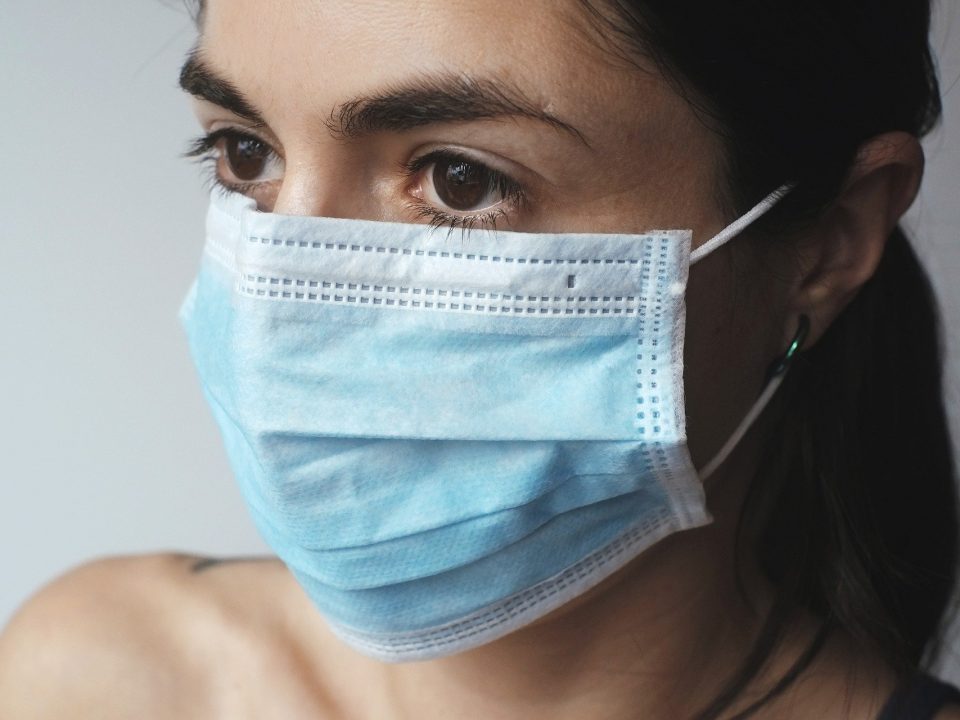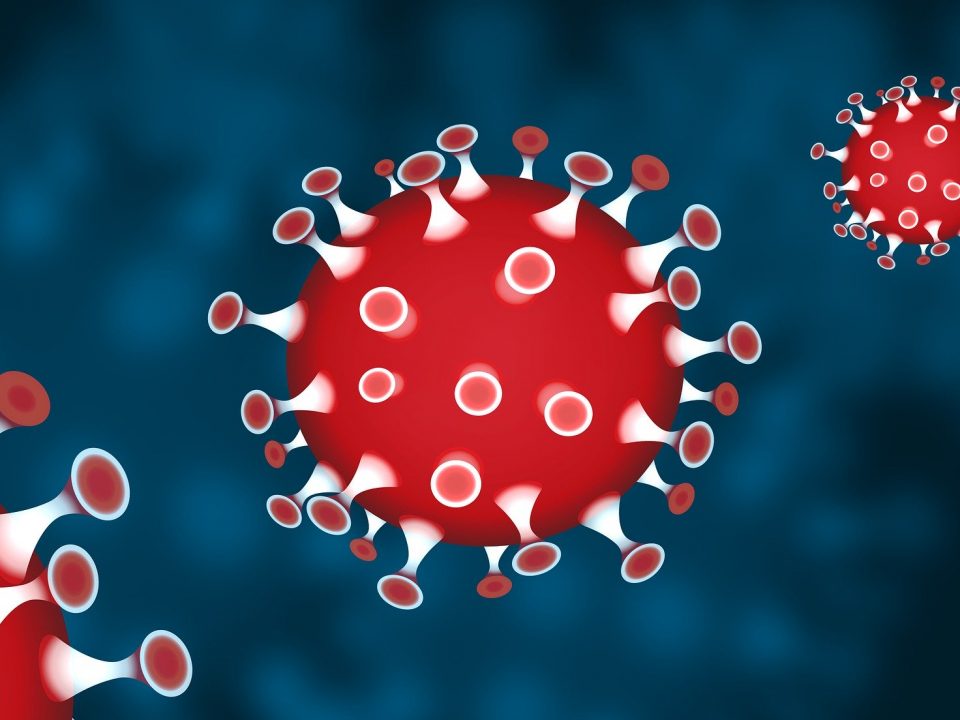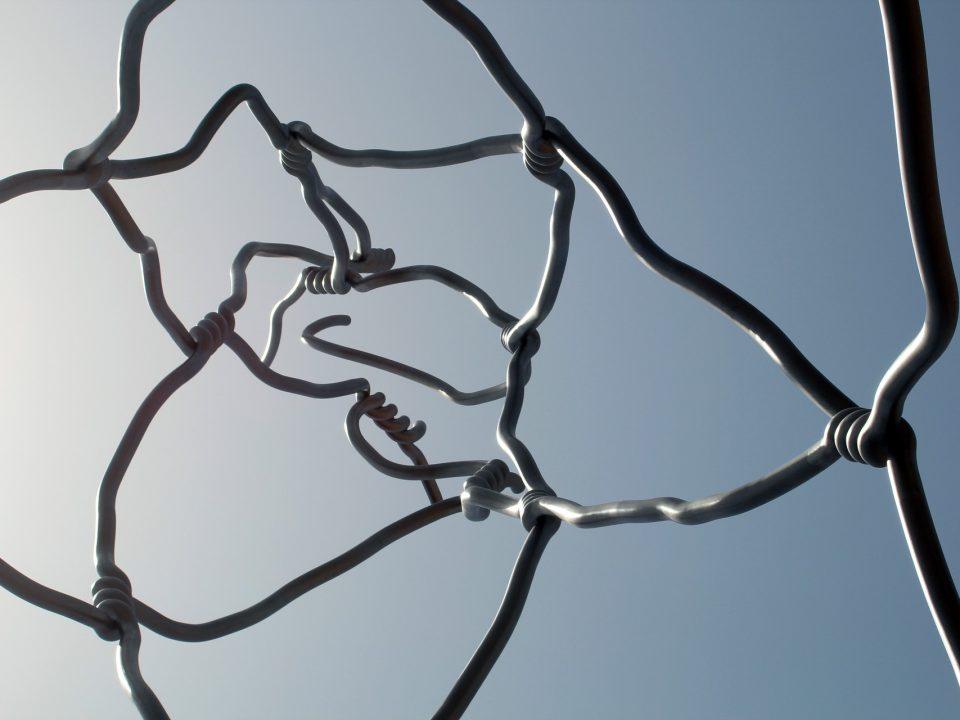Will New LED Streetlights Affect Philly’s Sleep?
When you think about streetlights, you probably think of the warm yellow glow of high-pressure sodium vapor lights – the (no pun intended) golden standard for urban streetlights across the United States. But times are changing, and with the advent of new energy-efficient bulbs comes a wave of some cities switching over to LED streetlights. Yes, just like you’ve done with your lamps at home. These streetlights last longer and save cities money over the long run, as well as being more environmentally-friendly. They also make nighttime driving safer by virtue of giving drivers brighter light in which to operate. What’s not to love?

The switch to LED streetlights is more controversial than you might think.
Quite a bit, as it turns out. While sodium streetlights emit a soothing, warm light, LED streetlights are, for one thing, brighter. They also cast off a blueish light that can have an impact on people’s sleep. According to WHYY.org, “The [American Medical Association]’s report found that high-intensity LED lights can emit a large enough amount of blue light — it appears white to the naked eye — to potentially pose health risks to humans, animals, birds, and insects. The excessive blue light messes with the inner biological clock that prepares organisms for the fluctuations of the day. The AMA argued that blue-rich LED streetlights could suppress melatonin, the hormone that regulates sleep, and could impact circadian sleep rhythms five times more than conventional street lamps.”
On the other hand, streetlight energy makes up the largest part of the city of Philadelphia’s power bill. Switching to LED streetlights would cut that significantly, although it is a plan that would cost tens of millions of dollars to implement. Philly started switching streetlights in 2015, but only 3,708 out of the city’s 105,000 streetlights are LEDs. Of the city’s 18,000 alley lights, just 2,903 have switched over.
It remains to be seen what the hue of Philly’s future streetlights will be, but there are sure to be opponents on either side of the blue/yellow debate.



